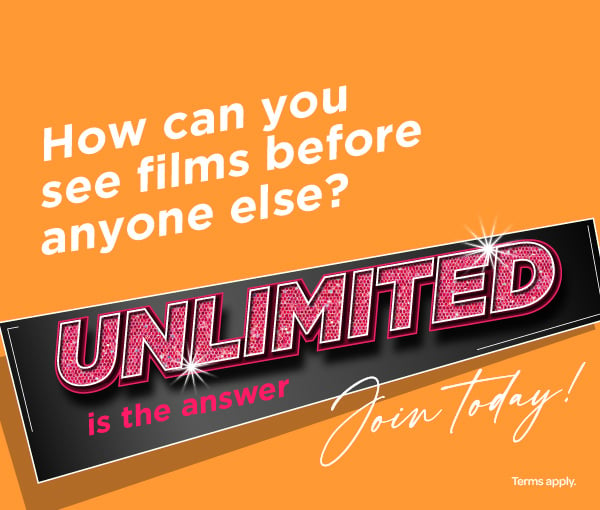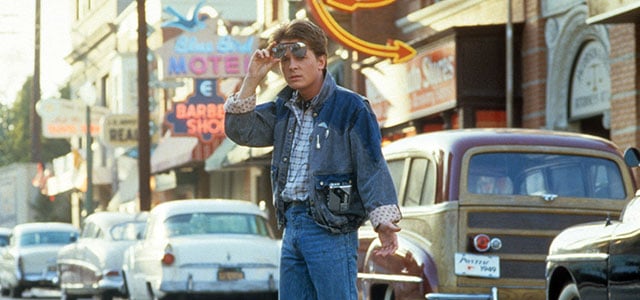
21st October 2015 has become known as Back to the Future Day. This is the day when, in Back to the Future: Part II, time-travellers Marty McFly (Michael J. Fox) and Doc Brown (Christopher Lloyd) travel into the future. They're on a mission to alter the course of Marty's own destiny, and the eye-popping world of Hill Valley that they encounter holds more than its fair share of surprises.
Ironically enough, given that we're now in October 2020, the future depicted in the movie is now in the past. (Try and keep up.) Nevertheless, there's still a giddy joy in exploring how a film from 1989 attempted to predict the trends and technologies of the early 21st century.
So, how does our current reality on 21st October 2020 match up with what the movie shows us? Scroll down to find out.
FIVE THINGS THE MOVIE GOT RIGHT
1. Franchising
One of the funniest sight gags in Hill Valley 2015 is a holographic projection of Jaws 19, tagline: 'This time, it's really, really personal.' A tinny rendition of John Williams' classic theme alerts Marty McFly to the virtual shark making its way towards him, and to this day we still have that Pavlov's dog reaction to Williams' music. Universal are responsible for both the Jaws and Back to the Future franchises, which is likely why there's a gag at Steven Spielberg's expense (He's credited as 'Max' on the billboard). More importantly, this offhand gag was more accurate than intended, foreshadowing the plethora of long-running movie franchises that would hit us in real life – just look at the Marvel Cinematic Universe as an example.
2. Social media
Back to the Future: Part II was especially prescient in observing how technology would intrude on our daily domestic lives. When future dad Marty gets fired by Needles (Red Hot Chilli Peppers' Flea), he's subject to the double-insult of a video conference and a follow-up fax. OK, so the latter has kind gone out of date, but this scene foreshadowed how social media would later sink its hooks into us, even when we're ostensibly offline.
3. Portable home technology
Has our reliance on tech driven us further apart? Back to the Future: Part II anticipated this. When Jennifer (Elisabeth Shue) ends up in Marty's future home, she observes what lies in store for her after she and Marty get married. For one thing, her eventual son and daughter (both played by Michael J. Fox) are permanently attached to some kind of visor, although we don't know what it is they're watching. Regardless, they're detached from the wider family conversation, which is pretty accurate. And they can lazily call down a fruit basket from the ceiling via voice command, signalling a future in which little effort is required to get what you want. Sound familiar?
4. Retro 80s nostalgia
There's a delicious irony in Back to the Future: Part II's futuristic Hill Valley sequence. The movie was produced in 1989 (shot back to back with the later Part III), and imagined a future world that would find itself pining for the 1980s. This is evident when present-day Marty walks into the eighties-themed drug store (a parallel with what happened in 1955 during the first movie). There, he encounters future Biff (Thomas F. Wilson) and the hoverboard chase ensues. (Watch out for a young Elijah Wood in this scene.) This anticipated the current real-life craze for all things eighties-related, including TV smash Stranger Things, whose retro aesthetic and music call to mind a more innocent age.
5. Targeted advertising
By now, we're familiar with the concept of advertising that tracks our online movements and maps things based on our search history. Once again, Part II was ahead of the game as it shows Goldie Wilson III, grandson of Hill Valley mayor Goldie Wilson (Donald Fullilove) announce his hover transportation system. This appears as a video clip broadcast publicly to the denizens of Hill Valley 2015, in which Goldie makes direct eye contact with potential consumers. And if we haven't quite got to that stage yet, we surelt can't be far away.
... AND FOUR THINGS IT SADLY DIDN'T GET RIGHT
1. Flying DeLoreans
Yes, it still pains us to say that our automotive transport remains earthbound. The Back to the Future series made a star out of the famously unreliable DeLorean, which with its gullwing doors and appropriately off-kilter design is as important a character as Marty or Doc. Of course, Part II expands the notion of the flying car to show us a future where all modes of transport are at it. We wonder how far away that is. After all, we have self-drive cars now, so could we take to the skies in the next few decades?
2. Self-dry jackets
It's horrible being rained out and having to stodge home in wet clothes. The drying jacket deployed by Marty after the hoverboard chase is one of the most practical and brilliant inventions put forward in Part II. So how come no-one's invented it yet? Whoever does, they're sure to make a mint. And while they're at it, they may as well tackle the self-tying shoes as well.
3. Hydrators
When is a pizza not a pizza? Answer: when it's a hydrated pizza, as shown in Part II. Initially miniature in size, once food is placed inside this futuristic gadget, it swells up to a size big enough to feed a whole family. Once again, someone needs to invent this – it would do wonders cutting down on packaging and food wastage, right?
4. Hoverboards
The original Back to the Future showed us how Marty inadvertently created the skateboard back in 1955. The ripple effects of this are evident in 2015, when Marty is forced to flee Biff and his cronies on a hoverboard. The bad news is, they've got upgraded versions of their own. In the present day, we've got yo-bikes and electric scooters to get us around. Maybe the hoverboard, or something like it, is the next step?
How do you think Back to the Future's vision of the future matches up with our current reality? Tweet us @Cineworld with your thoughts.
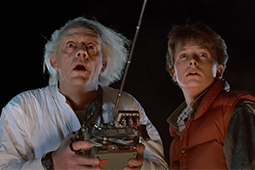
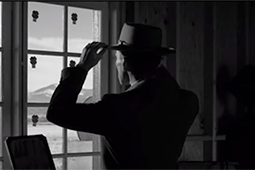

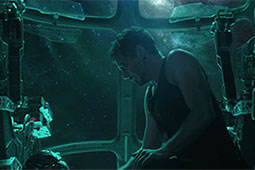
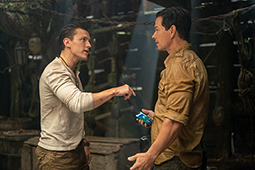
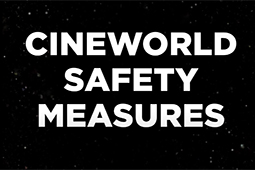
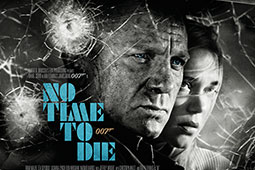


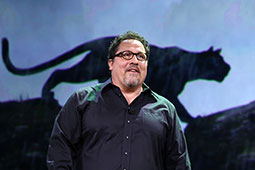

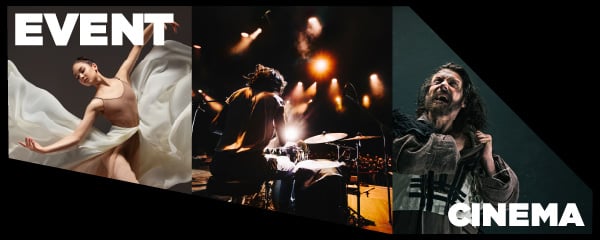
.jpg)
.png)

